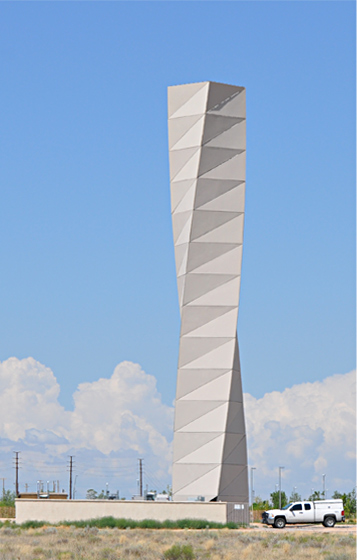That’s a common question, and the simple answer is, ‘sometimes yes; sometime no.’
Cell phones regularly transmit update information back to the mobile telephone switching office (MTSO). This data is sent when you turn on your phone, at regular intervals while the phone is turned on but not in use, and when you turn off your phone.
So why would your phone silently transmit information on a regular basis? Quite simply, when you turn your phone on, the phone transmits a handshake to let the cell system know that the phone is turned on, and where in the world you are. This is necessary so that the network will (a) stop automatically routing your incoming calls to voicemail, and (b) to let the network know where to find you to complete incoming phone calls.
If you’re roaming outside of your home area, this turn-on handshake will also sometimes initiate a validity check with your home area carrier to see whether you’re authorized to roam. If you are, then you’ll be able to make and receive calls without interruption. If not, when you try to make a call, you’ll be forwarded to an automated or manual system to collect credit card data for billing calls while roaming.
Once you’re ‘logged in’ to the network, the phone will regularly transmit a small snippit of data letting the network know that your phone is still turned on and within range.
When you turn off your phone, you’ll notice that it doesn’t immediately go blank. In the few seconds between the time you press and hold the turn off button, the phone is communicating the shut-down request with the network so that incoming calls will be routed to voice mail. This is why a caller will immediately go to voice mail when your phone is off, but if your phone is on it will ring a preset number of times before switching to voicemail.
The network technicians can also manually ‘ping’ your phone. If it responds, the network tech will also be able to identify the cell site receiving your phone, and sometimes the general direction of the signal coming in from your cell phone. This function is sometimes used to locate missing hikers. The cell phone is pinged, and the return data is used to estimate the location of the phone (and hopefully the location of the hiker).
The accuracy of the location data provided by your phone will depend on several things. The FCC generally requires cell phone operators to provide location information down to about 100 meters when you call 911, but that accuracy can be improved if your cell phone is equipped with a GPS receiver chip and antenna, and the network recognizes that data.
The use of cell phone records in court proceedings is a related discussion, and one that I’ll cover in a separate posting.
Jonathan





 Attention creative wireless site planners: A truly twisted cell tower has risen from a mesa in Albuquerque, New Mexico.
Attention creative wireless site planners: A truly twisted cell tower has risen from a mesa in Albuquerque, New Mexico. 



 I’ve just posted a group of new camo wireless site photos from a recent trip to Arizona. These photos include several mono-cross photos; and flagpole and mono(blah)-palm photos. Check out the newest photos in the Gallery.
I’ve just posted a group of new camo wireless site photos from a recent trip to Arizona. These photos include several mono-cross photos; and flagpole and mono(blah)-palm photos. Check out the newest photos in the Gallery.